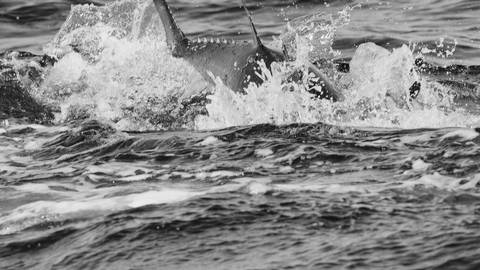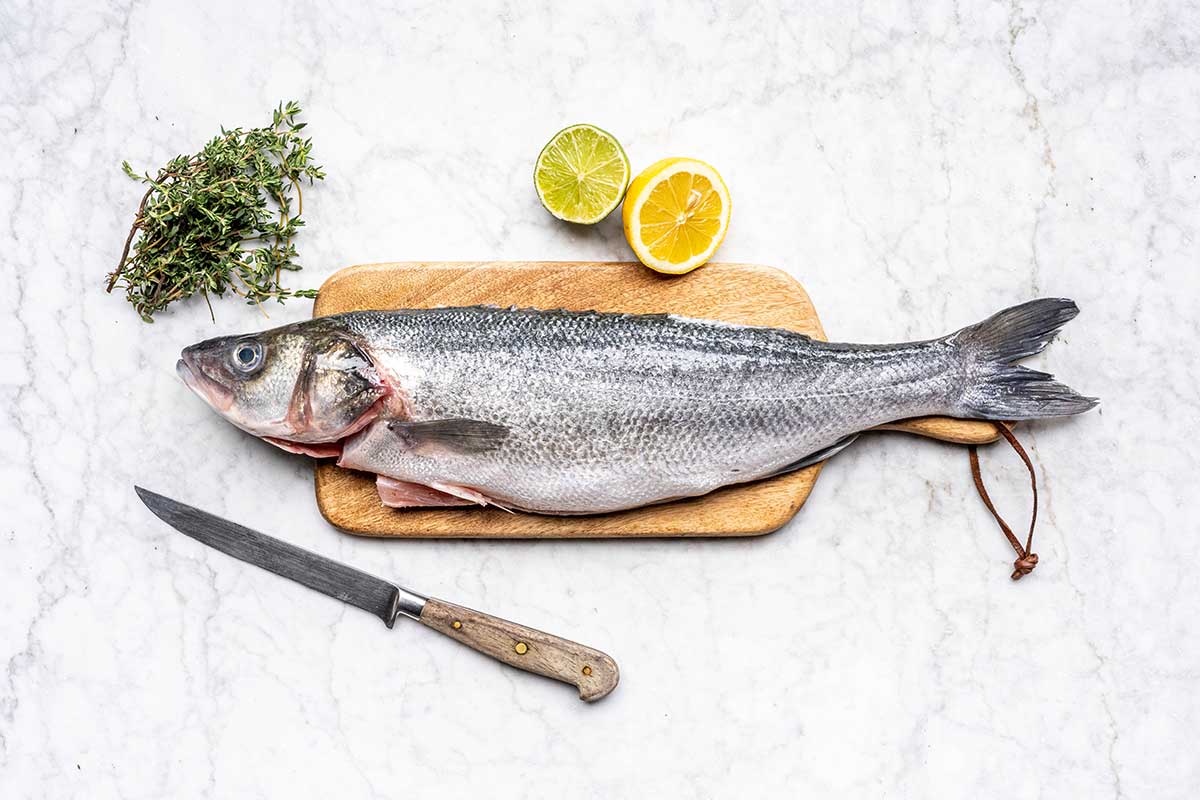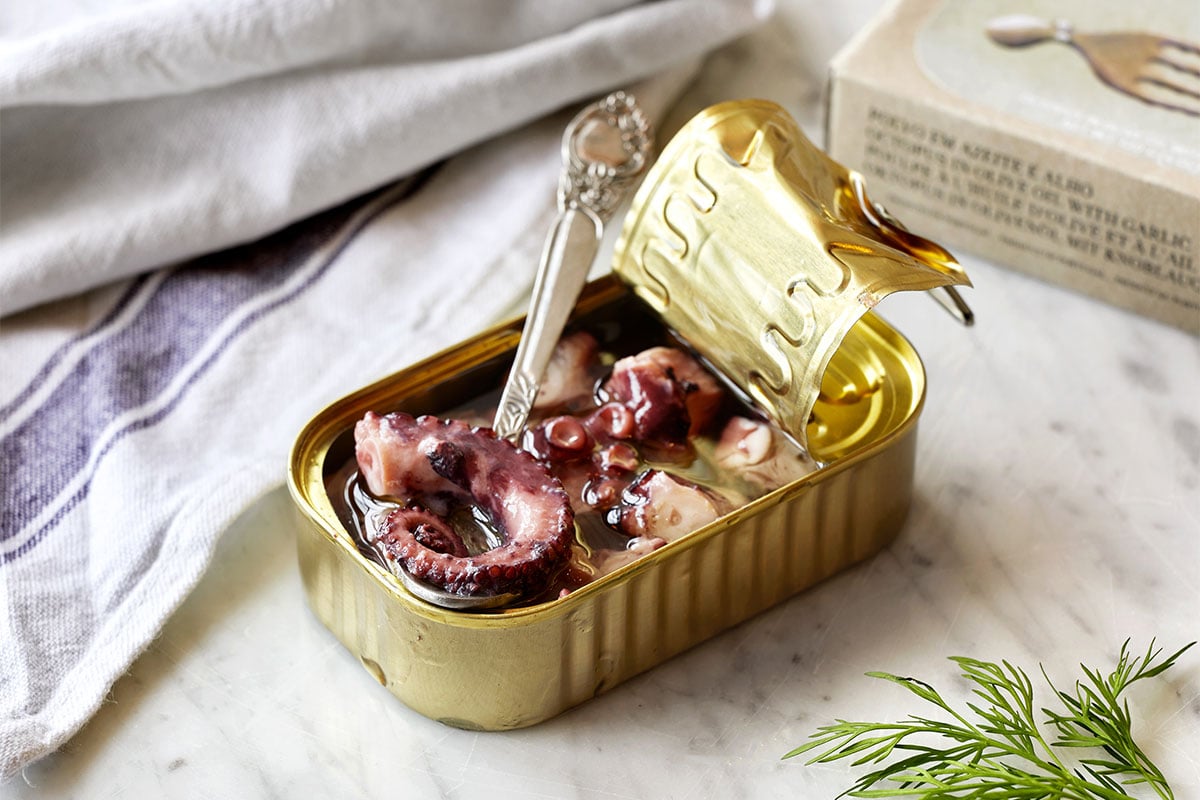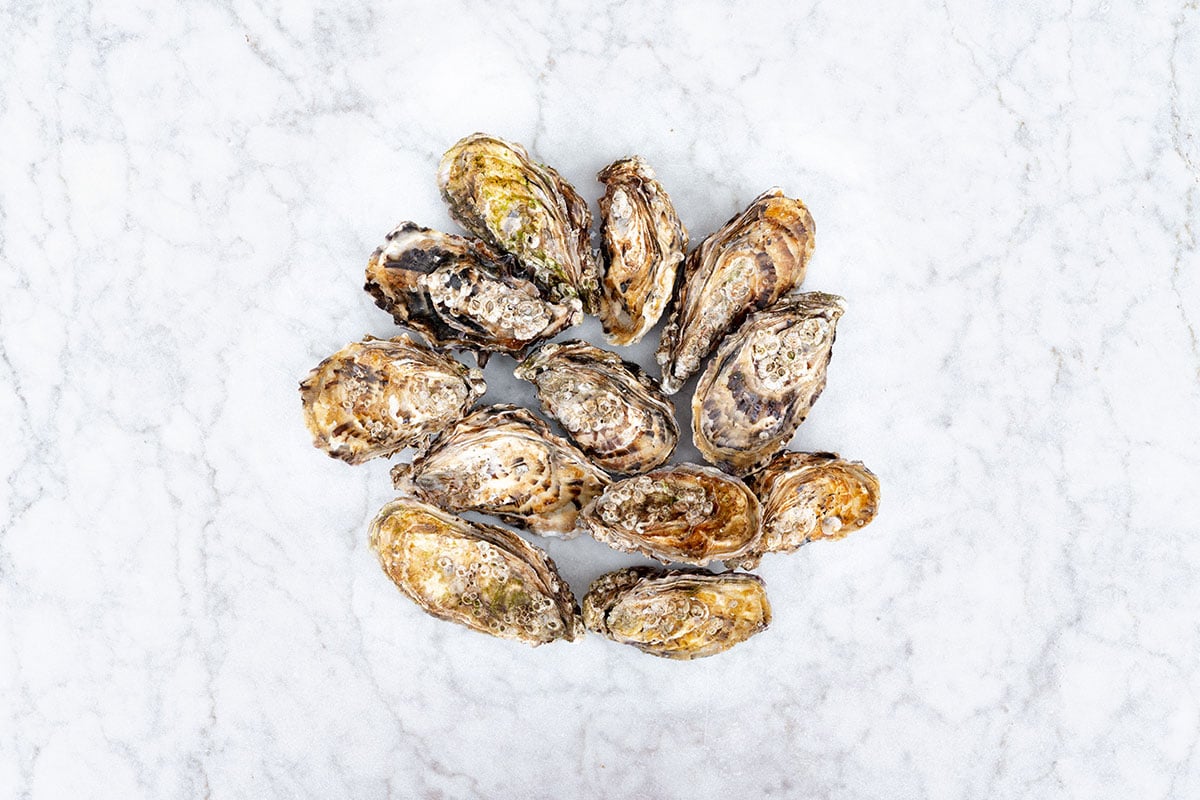
History of Bluefin Tuna and the return to UK Waters
Back in the 1930’s, businessmen from sections of well-heeled society, paid commercial fishermen on the North Yorkshire coast, considerable sums to take them offshore to sport fish for the giant Atlantic Bluefin Tuna - Thunnus thynnus (or Tunny) as it was termed colloquially. These gigantic ocean-roaming pelagic fish arrived in summer, off the coasts of the UK feasting upon and gorging themselves with the superabundance of herring and mackerel which inhabited our relatively shallow waters in vast numbers.
With the post-war decline of both herring and bluefin stocks in the North Sea, through overfishing and commercial fishing efficiency improving generally, the Bluefin disappeared virtually overnight until the landings by the now legendary ‘Tunny Club’ into ports like Scarborough, became a distant memory.
Fast forward nearly a century and these magnificent beasts are back and in increasingly sustainable numbers. Over the last ten years, in South Western waters, sighting have become more and more common, until it was decided by Defra that a trial rod and line fishery should be adopted with the objective of monitoring tuna numbers to ascertain whether a commercial fishery might be a viable option.
Tuna are of course, renowned throughout the world for their remarkable flesh and fat quality, making them incredibly desirable in many seafood-bast diets culturally and worldwide. To achieve a limited a responsibly managed fishery became a realisation and following several years of trials, proving that tuna numbers now exist in commercially sustainable numbers, we now have a highly regulated but productive fishery for the first time in generations.
Internationally, the Atlantic bluefin management has also improved greatly, which has meant that fish are being seen in areas once thought barren. In Cornwall in particular, the Cornish Fish Producers Organisation in conjunction with the Marine Management Organisation, has ensured that local fishermen now have the chance to land bluefin via the issuing of licences across a different gear types but only targeted via the very selective rod and line fishery.
For this year, the fishery, which runs from July 1st to December 31st, has access to a total of 66.15 tonnes of tuna, of which 39 tonnes are allocated for the rod and line fishery across 13 licences, with 3 tonnes per licence. The remainder of the quota is allocated as ‘unavoidable bycatch’, for example in the sardine ring net fishery where the bluefin occasionally encounter the nets and are inadvertently landed whilst they are pursuing their food - sardines, mackerel etc. The minimum catch size for the fish is 30kg.
The licences take account of all eventualities and strict monitoring and recording of all catches is paramount, to maintain not just the sustainability of the species but also the accompanying science, so the stock data is continually improved and updated.
The most fascinating concept though is the establishment of UK market for bluefin tuna both domestically and for export. The tuna market is not a familiar one for UK fleets and there is a steep learning curve in terms of catch preservation, quality standards, cutting and marketing, but it also means that not only do fishermen have a new and exciting catch opportunity, but consumers can have access to a whole new product, albeit which needs much development to compete globally.








_1200x879.jpg?v=1641825424537&options=w_{width})









